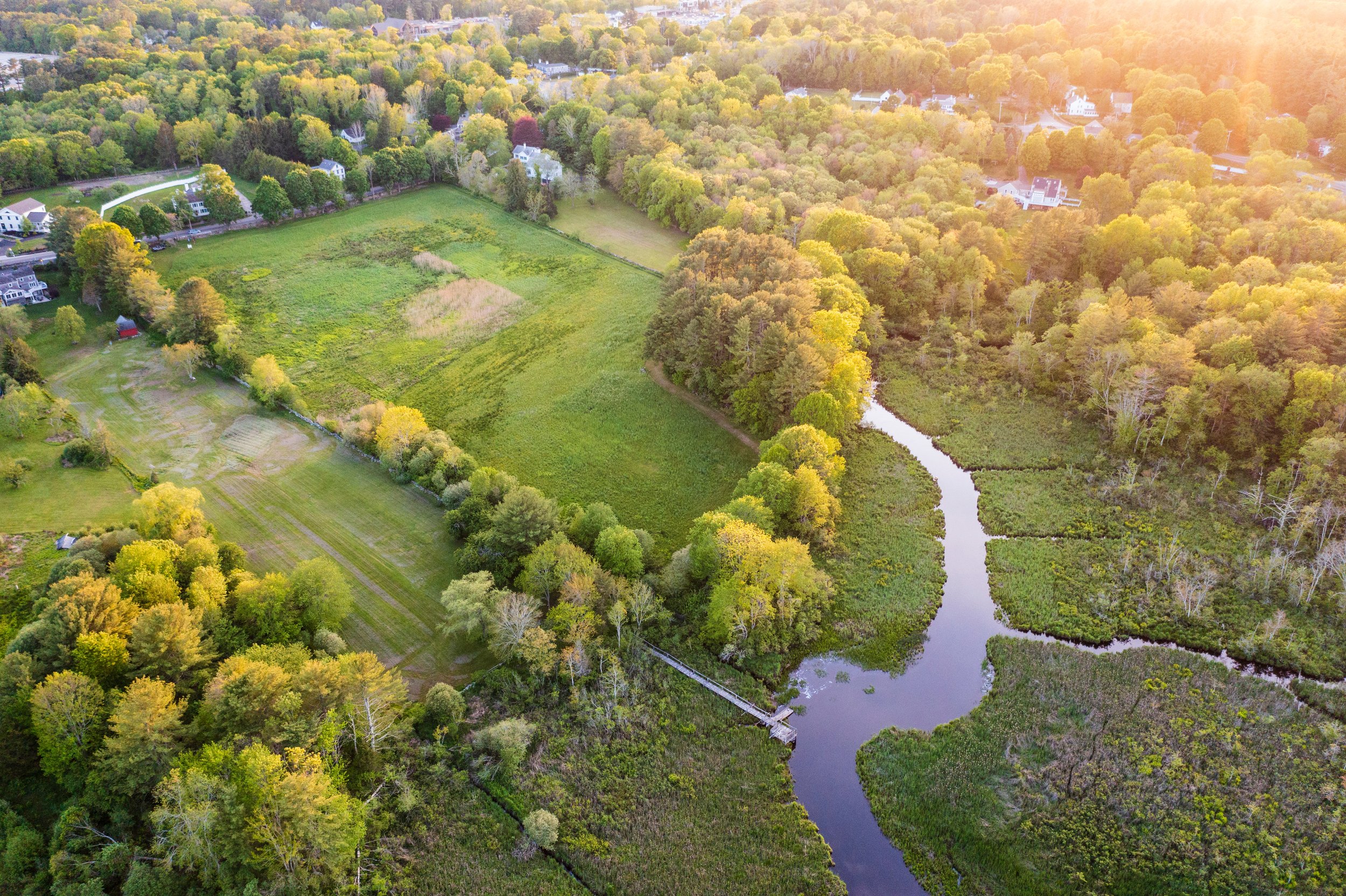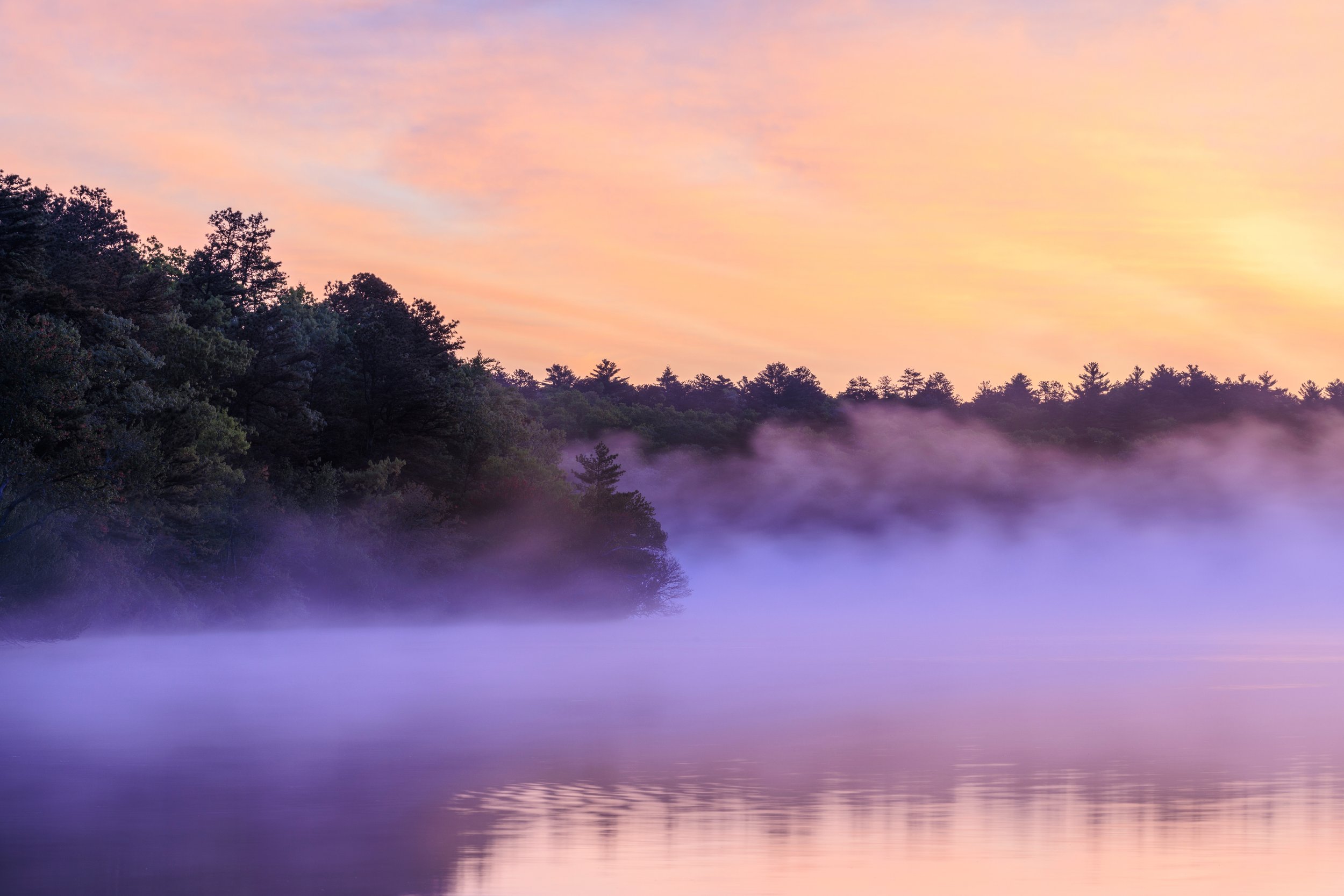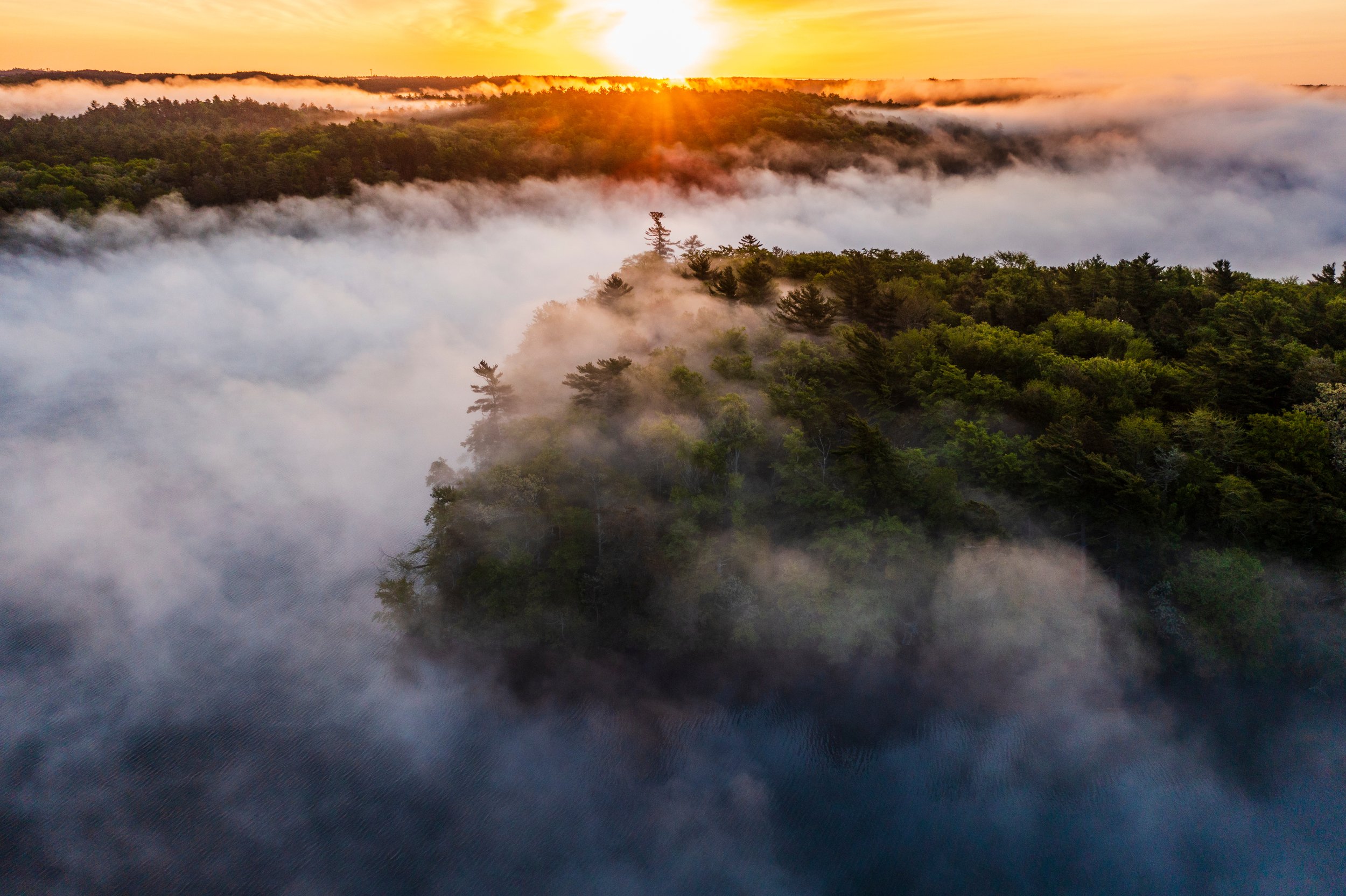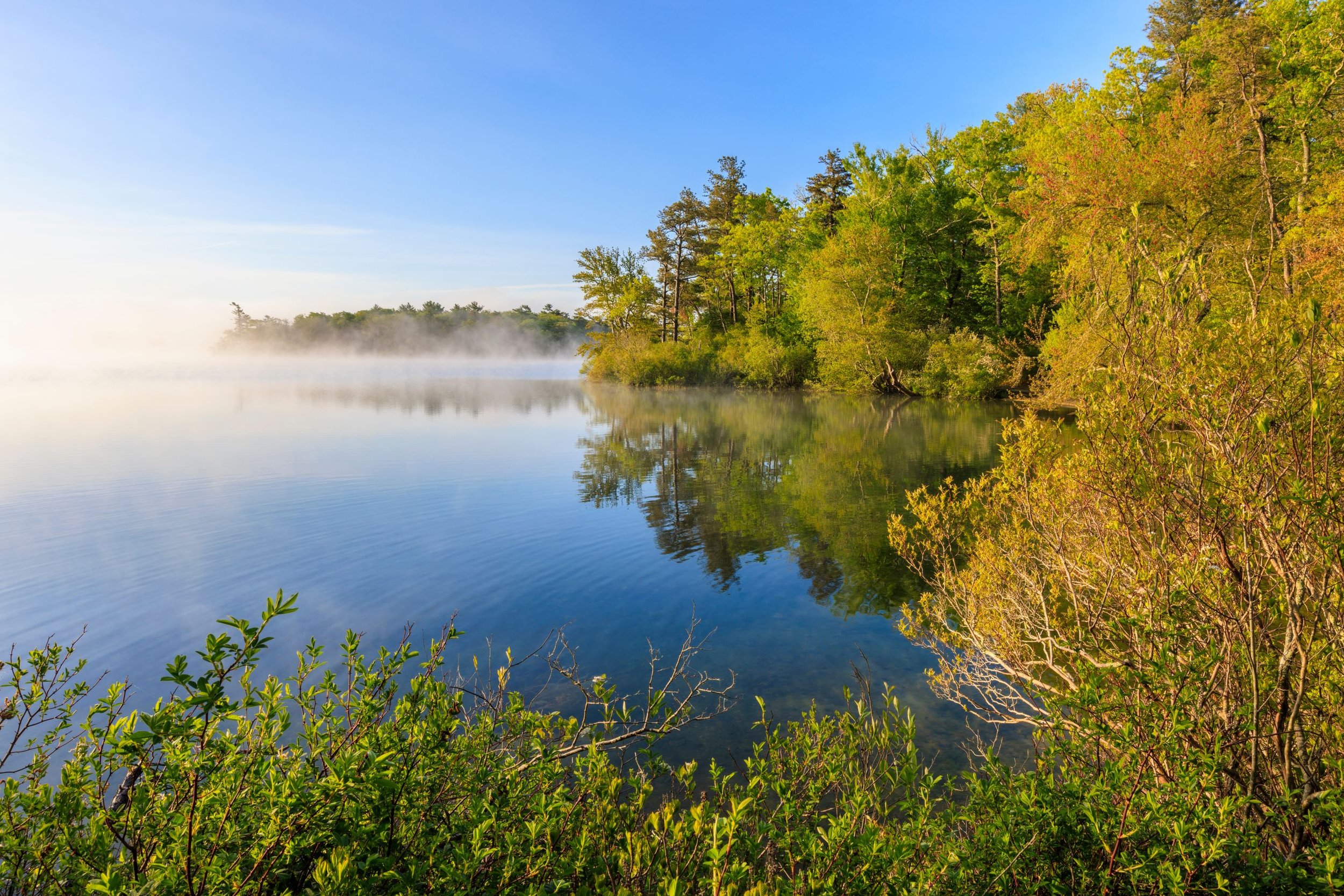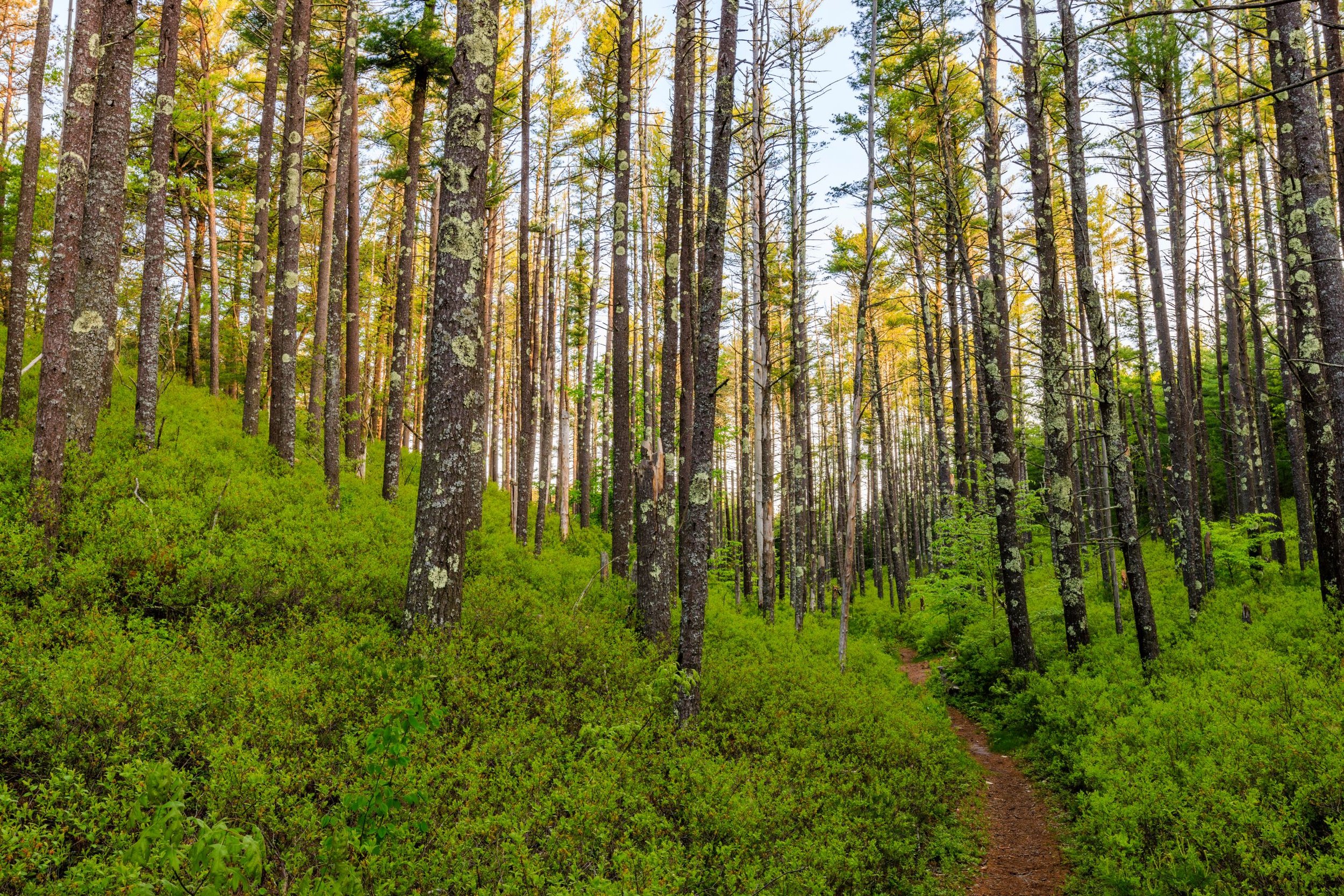By Scott MacFaden, Director of Land Protection
Thus far in 2022, we’ve completed a variety of projects across our coverage area that protect a diverse array of habitats and conservation values, including properties on two of the region’s major rivers.
In February, we completed the first two phases of a long-contemplated project that will create our first preserve in Plainville. These first two steps involved adding another two acres to the 33.5-acre Conservation Restriction (CR) we’ve held on lands of the Crystal Spring Center for Ecology, Spirituality, and Earth Education Inc., since 2008, and then assigning the expanded CR to another qualified nonprofit conservation organization—the Attleboro Land Trust. With those steps concluded, the third and final step will transfer the “fee simple,” or outright ownership of the property, from Crystal Spring to Wildlands Trust. We expect that final transfer to occur before year’s end.
A drone's view of Sylvester Field and the Indian Head River in Hanover. Photo by Jerry Monkman.
In June, we acquired five acres in Norwell along the North River that protects important habitat for marsh wrens. Donated by the Estate of Clayton Robinson, the parcel represents the culmination of the Sylvester Field Preservation Project, through which we previously protected 20 contiguous acres along the Third Herring Brook in nearby Hanover.
In late July, we purchased 30 acres on Halfway Pond in Plymouth that was the largest remaining unprotected parcel on the pond’s west shore, and consequently one of our longest-standing preservation priorities. The property includes pockets of Pine Barrens, a globally rare natural community, and directly abuts and expands our Halfway Pond Conservation Area, now over 460 acres in extent and one of the crown jewels of our protected lands portfolio.
Most recently, in the waning days of August we protected 11.7 acres in Lakeville along the upper Nemasket River through the combination of a deed restriction and a two-acre land donation. This hybrid project protects over 900 feet of linear frontage along the Nemasket, a major tributary of the federally designated Wild and Scenic Taunton River.
Morning fog on Halfway Pond in Plymouth. Photo by Jerry Monkman.
We’re working to close more projects by year’s end, including the third and final phase of the Plainville project, and projects in Bridgewater, Scituate, Rockland, and Hanson.
Watch this space!

